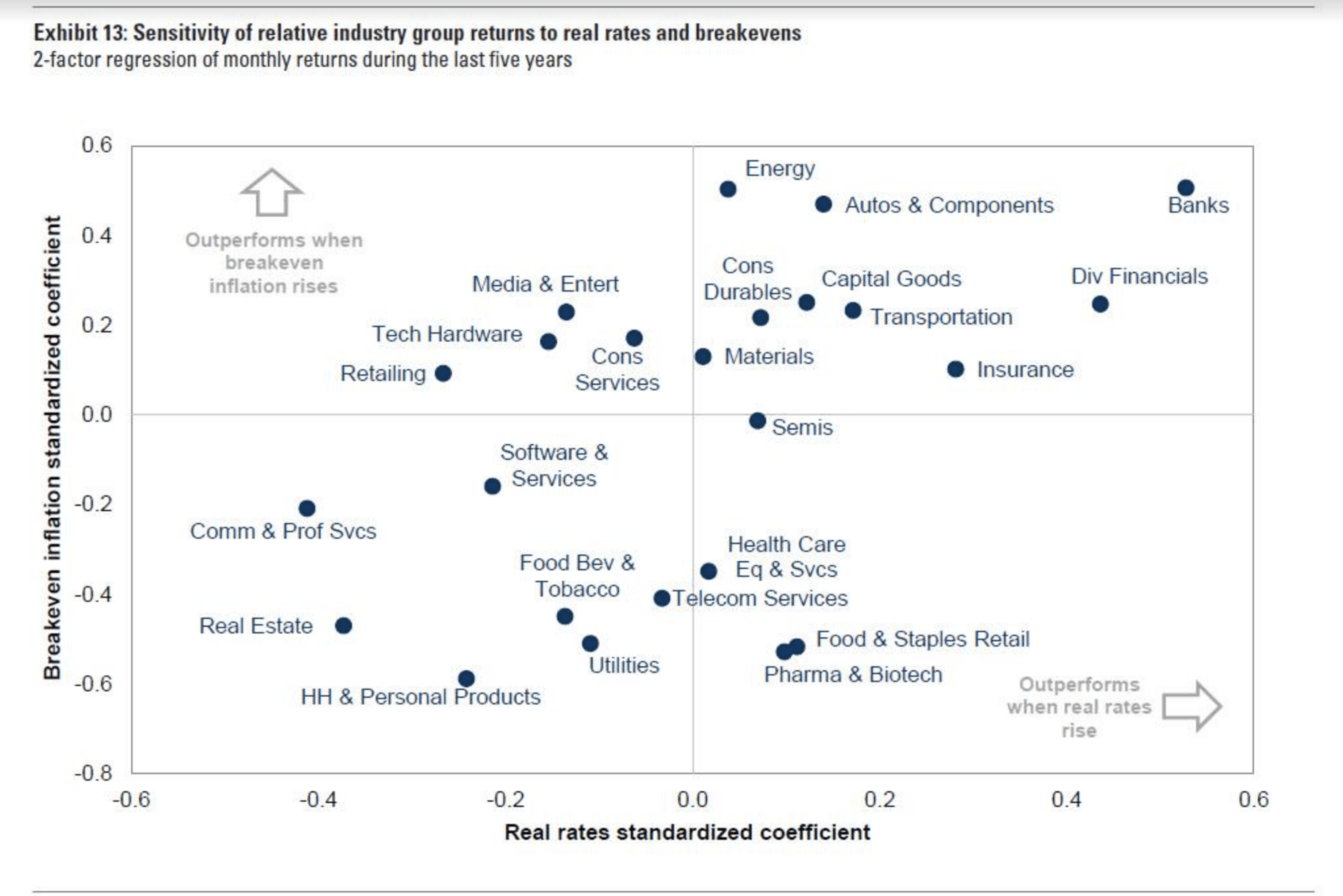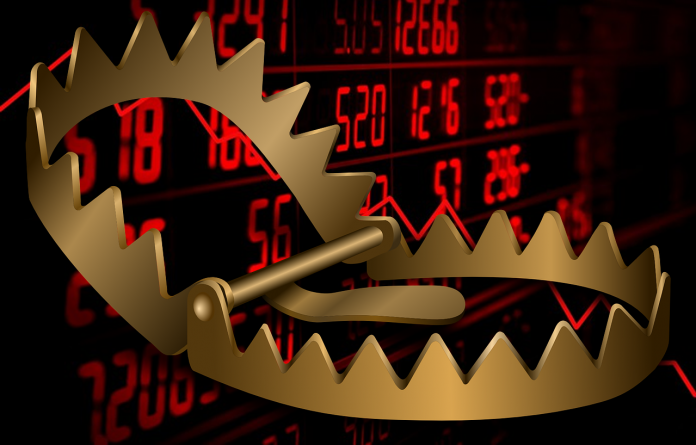Bulls received several “green lights” to double down on their bets this morning after better-than-expected earnings reports continued to roll in. Johnson & Johnson (NYSE: JNJ), and Walmart (NYSE: WMT) beat their Q3 EPS (earnings per share) estimates with ease.
After the market closes later this afternoon, Netflix (NASDAQ: NFLX) and United Airlines (NASDAQ: UAL) are set to report as well. If the current trend continues, both companies should also please shareholders with their own quarterly results.
But investors shouldn’t necessarily be surprised by how Q3 earnings have looked thus far. Banks – companies that weren’t hit by surging supplier costs, a clogged supply chain, or stagnating demand – stole the show last week after revealing “blowout” quarters, thanks to impressive trading revenues.
Major US manufacturers have yet to report earnings. When they do, sentiment could slip in response if investors don’t like what they hear.
“The financials got earnings season off to another strong start, but let’s be honest, Covid and supply chain issues aren’t going to impact this group,” noted LPL Financial chief market strategist Ryan Detrick.
“Now it gets very interesting to see what other industries will have to say about the health of the economic recovery.”
In other words, the sectors that were supposed to prosper (and have already reported earnings) in Q3 did just that. Now, it’s a question of whether the rest of the market followed suit.
“We’re dealing with supply chain challenges because of the unique situation that we’re in right now, where we’ve unleashed a lot of demand before businesses were really ready for it. That may persist for some time, drive volatility, raise some concerns,” explained Brian Levitt, Invesco global market strategist of North America.
“But ultimately I think the supply-demand imbalances will moderate, enabling this cycle to move on further. What you want to hear from businesses are those that continue to believe that demand is going to be strong, and continue to believe that they have some ability to work through the supply challenges and pass on some of those costs to consumers.
Levitt continued, adding:
“It’s not a rising tide that lifts all boats type of environment. It’s an economy that’s likely to slow some in here, and pricing pressures are going to be with us a bit […] Those businesses that can pass on these costs are going to be the winners.”
It’s something we’ve discussed before – the fact that some companies will be able to pass rising input costs on to consumers while others will simply try to “eat” them instead, wounding shareholders in the process.

With rates and inflation both expected to rise from here, the companies in the top right quadrant should outperform in that regard. That includes banks (which have already done very well), energy, and transportation. Opposite those sectors are real estate, utilities, and household products.
So, once more companies from the bottom left quadrant start to report, expect sentiment to sour. Most major real estate investment trusts (REITs) will report next week at the earliest. Procter & Gamble (NYSE: PG), a household and personal products corporation, reported this morning, offering shareholders disappointing forward guidance. PG shares slumped in response.
If more companies follow PG’s lead, the conversation surrounding the ongoing post-Covid recovery could change dramatically. But, as usual, until it starts to show up on the charts, there’s no reason to bail on long positions just yet.








